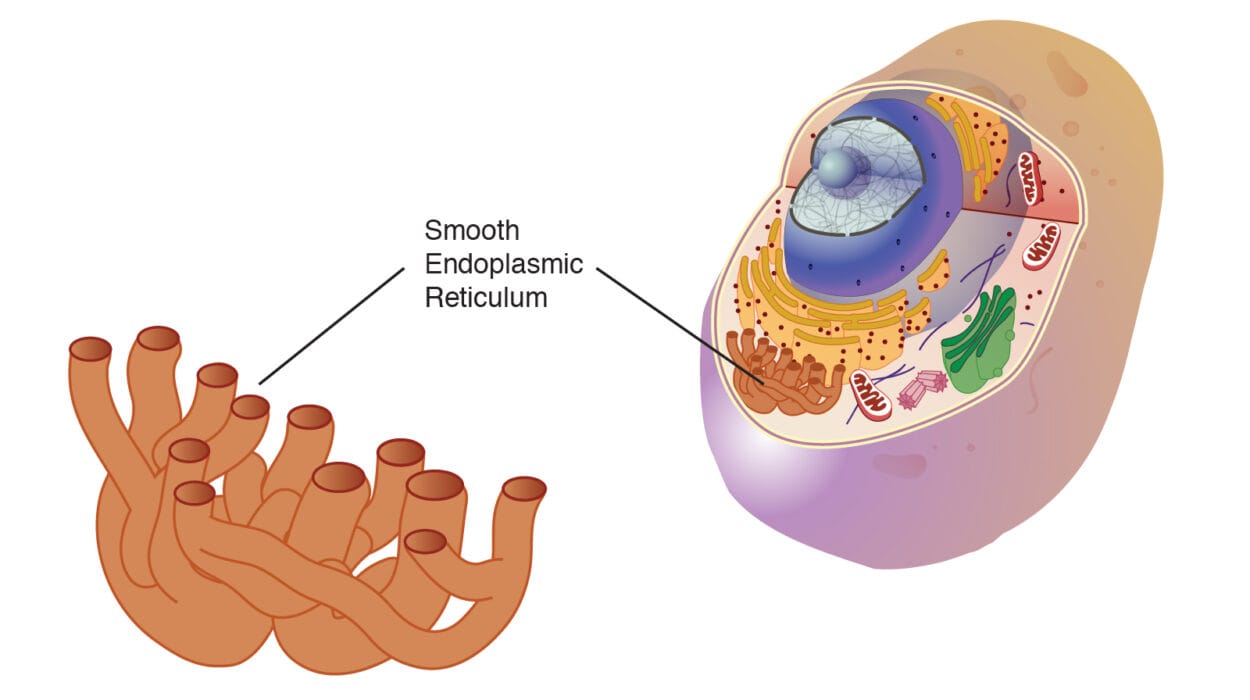For a few months after birth, some babies open their eyes to a world they cannot see. Dense bilateral congenital cataracts cloud their vision from the very beginning, forcing them into early surgery that restores sight but cannot return the visual experiences they missed. What those months of darkness leave behind has long been a mystery, and until now, scientists were unsure how deeply such an early loss shapes the visual brain.
A new international study led by neuroscientists at the University of Louvain (UCLouvain), with collaborators from Ghent University, KU Leuven, and McMaster University, reveals a surprising twist in this story. Published in Nature Communications, the research uncovers how the first months of blindness leave a delicate but selective imprint on the brain. Some visual pathways bear the mark forever, while others seem to rebuild themselves with astonishing resilience.
When the First Rays of Sight Come Too Late
The study followed adults who had been born with cataracts and underwent surgery as babies. Using brain imaging, scientists compared them to adults who had normal vision from birth. The researchers expected widespread, long-lasting changes across the visual system. After all, the earliest months of life are often described as a fragile window in which the brain relies heavily on sensory input to form its structure.
But the scans told a different story, one that both challenges assumptions and reveals new layers of complexity.
For those born with cataracts, one region of the brain stood out as fundamentally altered: the area responsible for analyzing fine visual details. This is the part of the visual system that deals with contours, contrasts, and all the crisp edges that define the sharpness of what we see. In the adults who had started life in darkness, this detail-processing area did not develop in the same way as in people who had always had sight, and the difference persisted decades after surgery.
Yet as the researchers traced the flow of visual information deeper into the brain, they encountered an unexpected normality.
The Brain’s Quiet Triumph After Early Blindness
Beyond the regions sensitive to fine detail lay the more advanced areas of the visual brain—the ones responsible for recognizing faces, objects, and even words. These are the sophisticated systems that allow us to identify someone we love, distinguish a cup from a chair, or navigate effortlessly through a familiar room.
To the researchers’ surprise, these high-level visual areas appeared to function almost normally in the adults who had once been blind as infants. Despite months without sight during a critical stage of development, these regions had found a way to adapt and recover.
The results were striking enough on their own, but the team went a step further. They validated their findings using artificial neural networks—computer models designed to mimic the hierarchical structure of the human visual system. The models showed the same distinction between impaired low-level detail processing and preserved higher-level recognition abilities. This convergence between biological data and computational modeling strengthened the interpretation: the brain is not uniformly vulnerable to early sensory loss. It is selective, strategic, and remarkably capable of repair.
As lead researcher Olivier Collignon explained, “Babies’ brains are much more adaptable than we thought. Even if vision is lacking at the very beginning of life, the brain can adapt and learn to recognize the world around it even on the basis of degraded information.”
A New Picture of Fragility and Resilience
These discoveries do more than chart how early blindness shapes the visual system—they challenge old assumptions about how the brain develops. For decades, scientists believed in a strict “critical period” during which the visual system had to receive input or risk losing its abilities forever. The new findings complicate this narrative. The brain does have vulnerable areas that suffer long-term consequences from early lack of vision, but it also has regions that retain astonishing plasticity.
“The brain is both fragile and resilient,” Collignon noted. “Early experiences matter, but they don’t determine everything.”
This more nuanced understanding reveals a brain that can bend without breaking, one that carries the marks of early deprivation but does not let them define its future. The resilience of high-level visual areas suggests that recognition abilities draw on multiple cues, not only sharp detail. The brain seems capable of reconstructing meaning from imperfect or degraded information—a quiet triumph that unfolds beneath conscious awareness.
Why This Research Matters
The implications of this study stretch far beyond its scientific elegance. By identifying a clear split between the visual areas that remain impaired and those that recover, the research opens a door to more targeted treatments. Clinicians may eventually be able to design visual therapies tailored to each patient’s specific neural profile, focusing on strengthening the regions that remain vulnerable while supporting the natural resilience of others.
The study also reshapes how we think about the earliest months of life. Instead of a fixed deadline after which visual development becomes impossible, we see a brain with multiple timelines—some rigid, some flexible. This perspective offers new hope for children born with visual impairments and provides a roadmap for helping them thrive long after surgery.
Most of all, the research underscores a powerful truth about human development: the brain is not simply a passive recipient of early experience. It is an active, adaptive system, capable of reorganizing itself even when the world first arrives through blurred shadows rather than clear sight.





